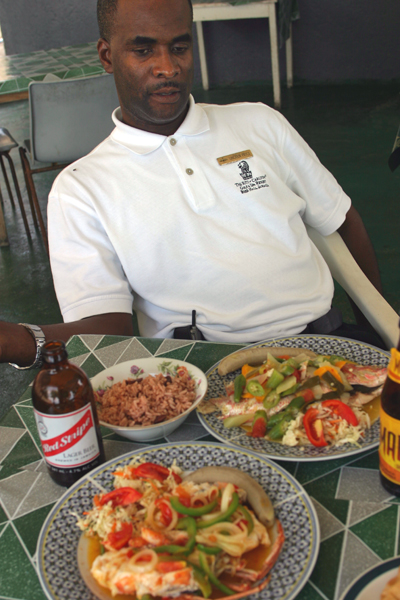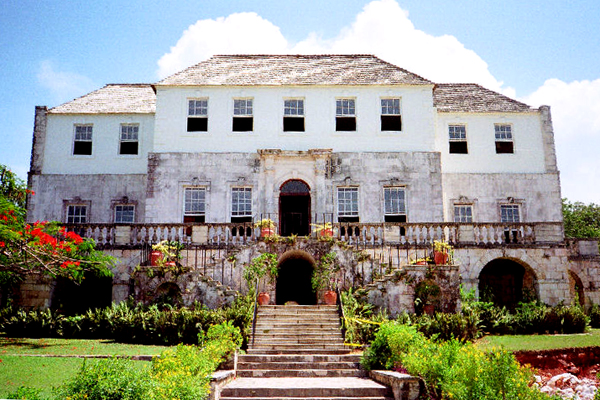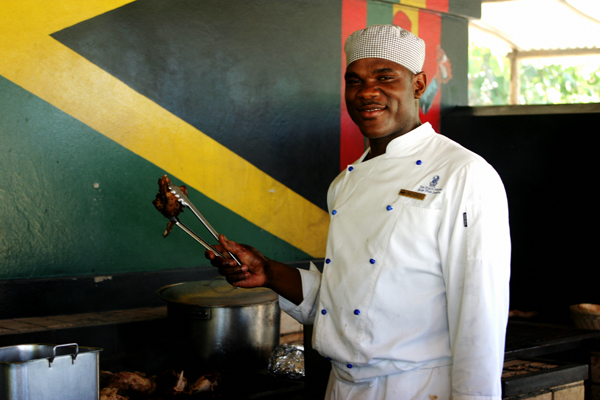It’s a brutish 105 kilometer drive from the Leon airport to San Miguel de Allende, located in the vast central highlands northwest of Mexico City on the edge of the Bajío, Mexico’s breadbasket. Only a fool would rent a car and drive the windy, narrow roads himself. But even if you do what I do and hire someone like Manuel Capitán to pick you up at the airport and drive you to San Miguel, it will be terrifying. Manuel would never admit to that, of course, but I could tell by watching his hands which firmly gripped the wheel at the ten and two positions, his thumbs nervously flexing up and down, as if he were fingering the trigger on a rifle, and by the way he sat up very straight in his seat, his back rigid, his shoulders slightly raised. Like a cat preparing to flee or fight.
For this reason, I seldom spoke to Manuel on the drive. I didn’t want to break his concentration. If I did ask him something—“¿Ha llovido?” for instance—he either didn’t seem to hear me or answered distractedly, sometimes just answering a word or two until his mind became flooded with the demands of sleeping dogs and wild burros in the middle of the road.
If I asked, “How much farther is it?” he might repeat the question—“How far, Señor?”—or he might say nothing at all.
What’s so terrifying is the way the country road rises up in these highlands with nothing ahead of it but an azure blue canvas so you get the feeling that once you top the hill the vehicle you are in is going to lift off into the sky. Like a plane on takeoff. You know, of course, that the road will indeed drop back down on the other side of the rise—it has to—or perhaps sharply curve left or right, but you don’t know which and you don’t know how soon. There are no signs, no warnings, no indications of any kind of what lies just beyond the next rise.
But that’s not even the worst part. The worst part is having no idea of who or what is on the other side of the rise—a laboring truck, a village dog, a hunched youth on a wobbly bicycle, a borracho passed out on the side of the road. If you’re lucky, there is nothing there. Just another rise. And the blue, blue sky.
On and on we drive, Manuel seldom exceeding thirty or forty miles per hour, passing through smoky villages where school-aged kids kick soccer balls in the still, hot afternoon. Campesinos, sitting around folding tables set up alongside the road, empty Corona bottles in front of them, stare at us as we pass by. A young woman, perhaps 16 or 17, wearing a pale blue apron, sits alone on a tree stump next to a homemade sign that says HAMBURGUESA REFRESCOS.
We cross a narrow stone bridge with a sign warning FRAGILE before it hits me. The smell of smoke in the air that signals we are getting close to San Miguel. Even after an absence of several years, the specific smell of this city overwhelms my senses and takes me back to the first time I came down this road a dozen years ago. It is the smell of ancient woods. The denseness of oak, the spiciness of the pepper tree, but most of all it is the sweet smell of mesquite, a wood that grows inexorably slow, absorbing the musty, dusty odors of life—of women pounding laundry on river stones; of mestizos using long sticks to whack burros laden with bags of charcoal; of sweaty campesinos harvesting corn with machetes.
Year after year the mesquite wood inhales the daily drama of the sanmiguelenses, becoming an inanimate repository of their comings and goings until the dry memories are torched by flame and in releasing its acrid smoke, the tears and joy and sadness of a thousands smells from a hundred years or more is released like a funeral pyre into the sky.
And it is this thick, oily aroma that welcomes me as Manuel navigates cautiously down the caracol, the snail road that curves back and forth slowly into town, that always tells me I have arrived. In San Miguel. A place I remembered deep inside my soul years before I even knew it existed.








Recent Comments